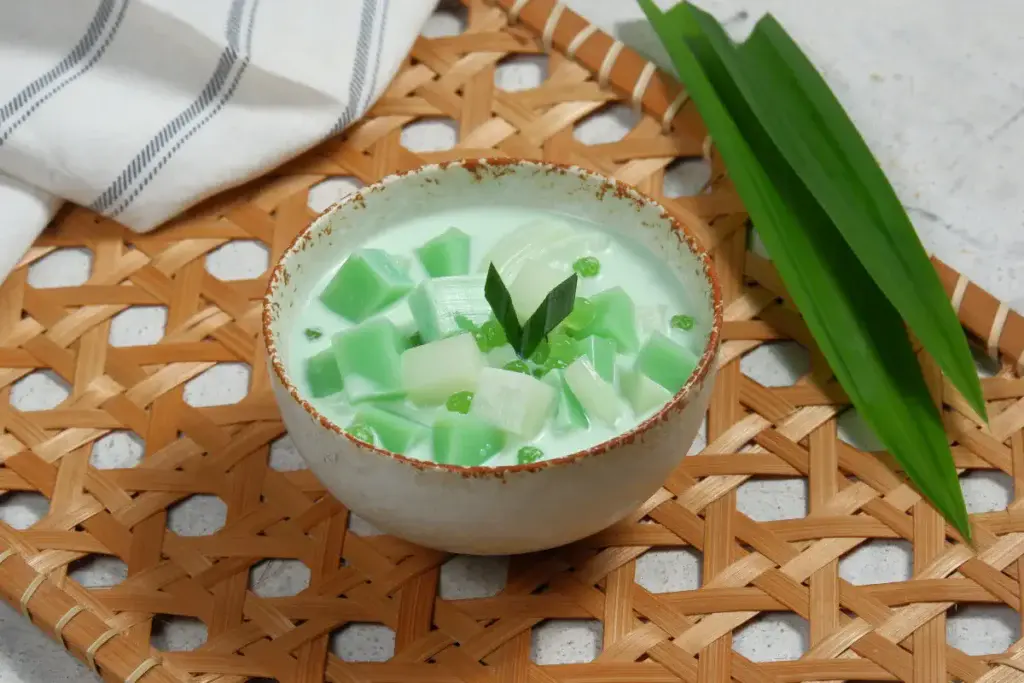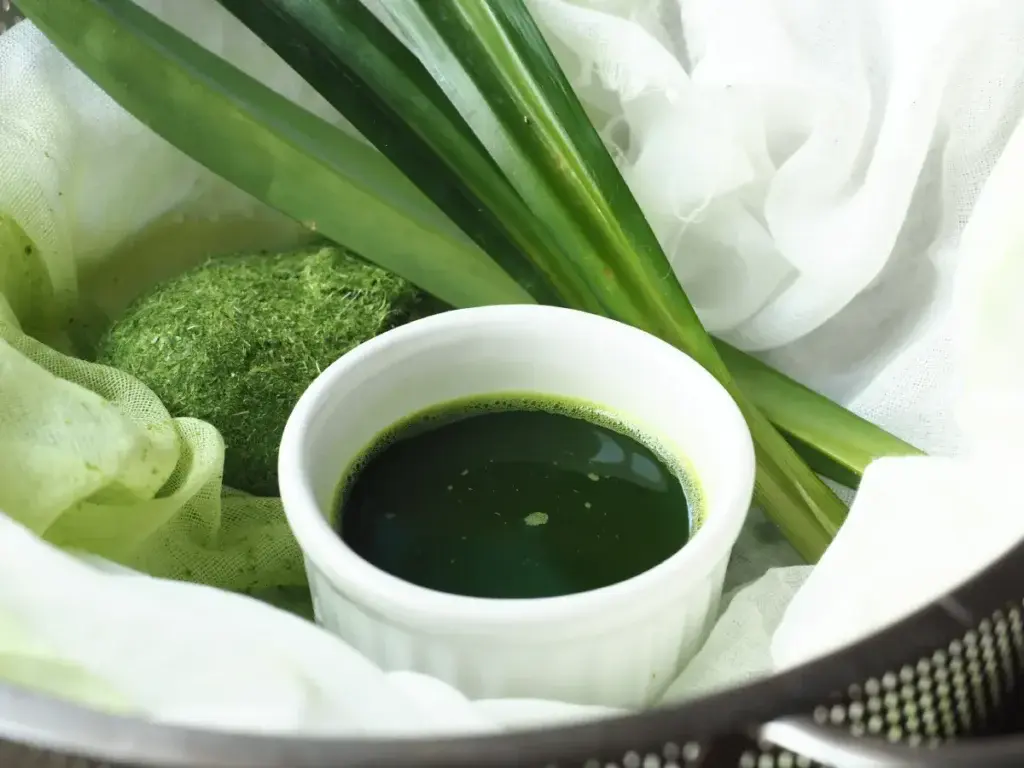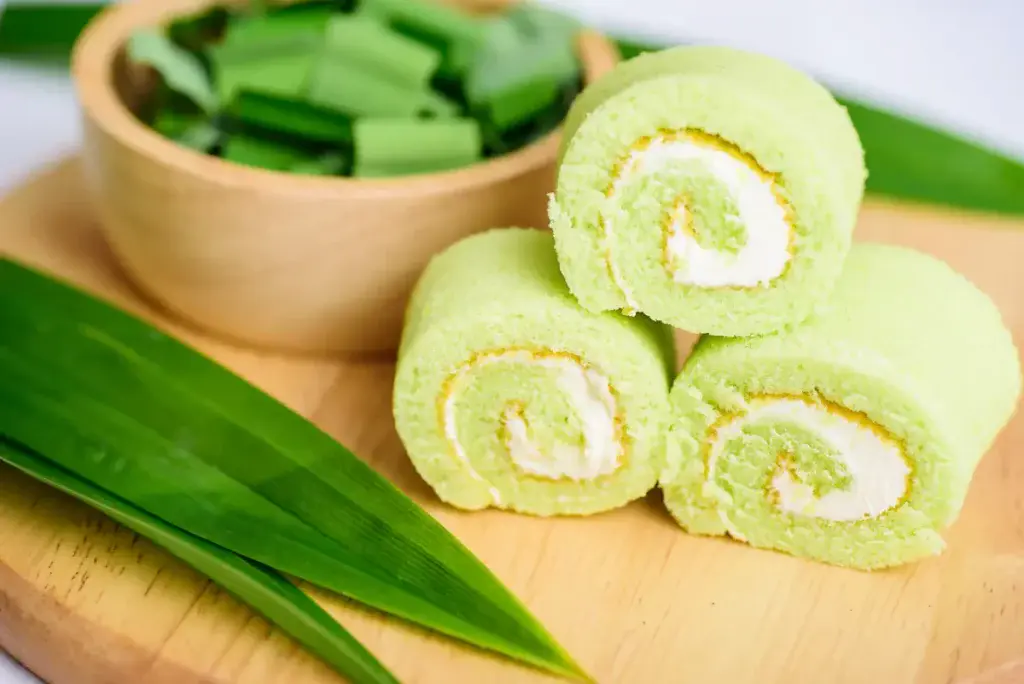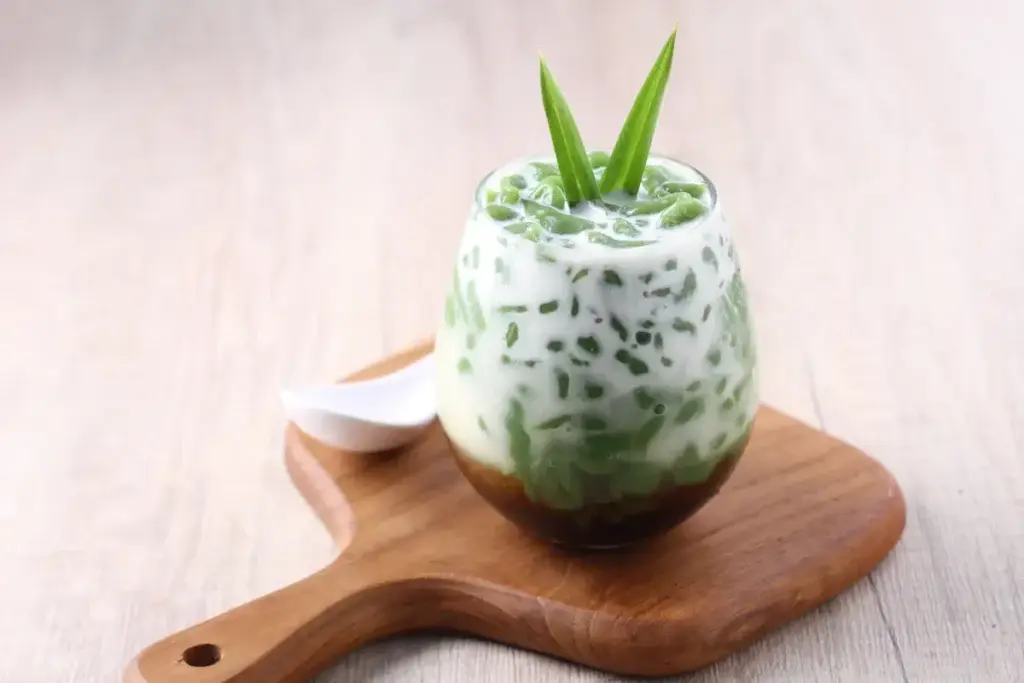
What do matcha, ube, and chai have in common? They each had a moment when they went from beloved local flavors to international superstars. Now, a new ingredient is about to join their ranks, and it’s coming from the lush tropics of Southeast Asia. Say hello to pandan, the aromatic, sweet-savory, shockingly green leaf that’s sneaking into everything from tea lattes to ice cream sandwiches.
Already a staple in Asian cuisine, pandanus amaryllifolius is winning over adventurous consumers, forward-thinking chefs, and flavor trend forecasters alike. With its vanilla-meets-grass profile and knockout versatility, it’s easy to see why the global food industry is watching closely.
Let’s dive into what makes pandan the flavoring moment we’ve all been waiting for, and why your next product launch needs a splash of green.
What Is Pandan and Why Is Everyone Talking About It
Pandan is a tropical plant prized for its long, blade-like leaves that are packed with aroma and vibrant green color. Think of it as the vanilla of the East, but dialed up with earthy, nutty, and floral notes that hint at coconut, jasmine, and a soft touch of grassiness. It’s often infused into rice, blended into milk, or used to flavor desserts, beverages, and even savory meals.
What’s turning heads lately is its explosive flavor potential. With the ability to cross categories — latte, pastry, snack, cookie, cake, cocktail, and sauce — pandan is proving to be the MVP of fusion cuisine. On trend with today’s adventurous palates and curiosity for global cuisine, pandan is poised for the kind of market explosion we saw with matcha just a few years ago.
The Cultural Roots of Pandan in Southeast Asian Cuisine

In Southeast Asia, pandan is not a trend but a part of the culture. Used for centuries in countries like Indonesia, Malaysia, Thailand, and the Philippines, the leaf is infused into daily cooking and revered in regional traditions. From wrapping sticky rice dumplings to flavoring rich pandan cake, it plays both a culinary and cultural role in ceremonies, rituals, and family meals.
In Filipino cuisine, you’ll find pandan paired with coconut milk in desserts like buko pandan or mixed with calamansi and herbal tea. In Thai cuisine, it’s used in both sweet and savory dishes, tucked around grilled meat, folded into curry pastes, or blended into syrup for desserts and drinks.
The point? Pandan is deeply ingrained in the emotional and flavorful fabric of the region.
Aromatics That Stick: What Makes Pandan’s Flavor So Unique
So, what does pandan really taste like? Fans describe it as a crossover between vanilla, almond, and coconut with a subtle earthiness that lingers. It’s got that addictive sweetness, slight umami, and a floral, almost grassy depth that makes it utterly distinct. Combine that with an intoxicating mouthfeel when blended into cream, butter, or milk, and you’ve got a winning sensory trifecta.
Plus, pandan’s flavor comes with a color bonus. When processed right, it produces a natural neon-green hue that’s perfect for baking, desserts, and eye-catching packaging. For developers, it checks both boxes: visual and taste appeal. That’s one reason why many are calling it a “clean label ingredient with buzz.”
From Traditional Dishes to Trendy Desserts
Want to see pandan in action? It’s making its way into just about every food category, and doing it with flair. Here’s a tour of how this leaf is showing off its range:
- Pandan Cake: A beloved dessert in Asian cuisine, this airy green chiffon cake is made with pandan extract, sugar, and whipped egg whites. Soft, spongy, and brightly colored, it’s a nostalgic staple in Indonesia and beyond.
- Pandan Latte: Picture a warm or iced drink with steamed milk, a shot of espresso, and a splash of pandan syrup. It’s a dreamy alternative to your daily green tea or matcha fix.
- Pandan Coconut Jelly: A jiggly, chewy dessert that layers the sweet nuttiness of coconut with pandan’s grassy brightness. Served cold with crushed ice, it’s the ultimate tropical refresher.
- Savory Pandan Chicken: In Thai cuisine, pandan leaves are wrapped around marinated chicken and grilled to perfection. The leaf seals in moisture and infuses a deep aromatic note into the meat.
- Pandan Sticky Rice: A classic meal accompaniment or snack often paired with ripe mango or custard. The rice is steamed with pandan for flavor and color.
- Pandan Crêpe Rolls: Thin green crêpes made with pandan, filled with shredded coconut, brown sugar, and sometimes jackfruit. A hit in street food scenes across Asia.
- Cocktails & Mocktails: Bartenders are muddling pandan into liqueur-based drinks for that Southeast Asian twist. Paired with citrus, ginger, or yuzu, it turns any beverage into a flavor trip.
How Pandan Is Captivating Chefs and Product Developers

Modern chefs and product developers are always on the hunt for the next bold ingredient, and pandan delivers on all fronts: flavor, story, and versatility. Its ability to work across desserts, savory dishes, drinks, and even pastries makes it a favorite in experimental menus and retail snacks.
Its compatibility with both modernist cuisine and traditional cooking methods means it pairs well with other trendy flavors like miso, chili pepper, tamarind, and turmeric.
Want to add a hint of nostalgia to a fusion cookie? Try pandan and caramel. Want a refreshing, energy-boosting herbal tea? Try adding pandan and lime. This is the kind of recipe that chefs dream of.
The Rise of Pandan in Global Food and Beverage Launches
New product development reports are showing steady growth in pandan-flavored launches across categories. In the last two years, global cuisine brands have rolled out pandan mochi, pandan cereal, pandan dairy-free frozen treats, and even pandan-flavored sparkling beverages.
The demand is also climbing in the foodservice world, especially among retailers, cafes, and upscale bakeries. Pandan-infused baking mixes, sauces, extracts, and ready-to-drink cocktails are showing up across U.S., U.K., Australian, and Middle Eastern markets. With its growing footprint and consumer intrigue, pandan is becoming a core part of international menus.
Sweet, Savory, or Sippable: Versatile Ways Pandan Shows Up
What’s most exciting about pandan is how effortlessly it fits into any part of the menu: sweet, savory, or sippable. This isn’t a flavor that plays it safe. It shows up, stands out, and blends in all at once.
In the sweet category, pandan shines in pandan cake, cream puffs, butter cookies, chewy rice balls, and silky ice creams. Its floral notes pair beautifully with chocolate, coconut, almond, and even caramel. It’s particularly magnetic when fused into vegan milk-based frozen desserts and chewy pastries that crave a flavor pop without overpowering the palate.
Savory? Yes, please. Chefs are using pandanus to wrap, steam, and grill meat, marinate fish, and infuse into rice and noodle broths. It plays well with salty, spicy, and fermented notes like sriracha, garlic, soy, chili pepper, and miso. In this space, pandan becomes a flavor herb to add depth, not just sweetness.
And in drinks, pandan transforms the ordinary into an exotic experience. It enhances cocktails, brightens up beverages, and adds soothing depth to herbal tea and latte creations. Pandan pairs surprisingly well with espresso, matcha, and green tea, delivering a whisper of citrus, a dash of nostalgia, and just enough earthiness to feel elevated.
Will Pandan Be the Next Matcha or Ube?

In a word? Yes. But here’s the twist, pandan isn’t trying to replace matcha or ube. It’s carving its own lane. Where ube is nutty and purple, and matcha is grassy and energizing, pandan brings something brighter, softer, and more flexible to the table. It even adds a new visual cue with its bold green hue.
The opportunity is ripe for brands to position pandan as the next mainstream tropical flavor, and more than just a novelty. Its clean ingredient appeal, rich cultural background, and sustainability story give it legs in the retail, health, and foodservice spaces. The market is watching. The consumer is curious. The timing is perfect.
How to Ride the Pandan Wave With Your Next Product Launch
Curious about getting ahead of the trend? Pandan is already showing demand signals across product categories, which makes now the perfect time to introduce your audience to this rising ingredient star. Whether you’re in snack development, beverages, or frozen desserts, pandan can be the flavor that sets your next launch apart.
The key to a successful launch? Pair pandan with other familiar or trending ingredients: think pandan and coconut milk, pandan and yuzu, or pandan with calamansi for that sweet-acid balance. Consider baking mixes with a pandan twist, or pastries filled with pandan custard for a nostalgic-meets-modern feel.
In drink categories, it plays well with caffeine, milk, and even fermented flavor bases. Don’t be afraid to experiment — fusion cuisine is what’s driving innovation forward.
Pandan’s Not a Trend. It’s a Movement. Be the One Who Leads It!
While the word “trend” gets thrown around a lot in the food industry, what we’re seeing with pandan is more than a flash in the pan. It’s a movement, a return to roots, a celebration of culture, and a chance to bring an underrepresented ingredient into the global spotlight. It speaks to nostalgia, sustainability, and cross-category innovation.
For chefs, product developers, and flavor-forward brands, now’s your moment to lead this green wave with a custom spice blend. Bring pandan to the table with bold creativity and deep respect for its origins. Use it to spark conversation, drive consumer curiosity, and reshape what flavor-forward means in today’s menu innovation.
Schedule a consultation with one of our culinary scientists at NuSpice today. It’s time to step out front and show the market what bold, brilliant flavor leadership looks like.